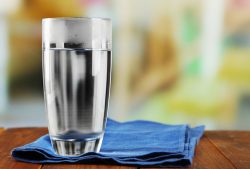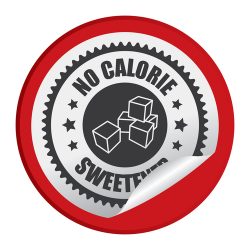Healthy Diet Helps in Prevention of Brain Shrinkage

A study conducted by Erasmus University Medical Center in the Netherlands has shown that older people who eat a healthy diet which is rich in fruits, vegetables, nuts and fish showed larger brain tissue volumes. The study published in Neurology has shown that optimizing the quality of diet just might be a successful strategy for maintaining and augmenting cognition in healthy older adults.
4,213 participants were included in the study all of which did not show any signs of dementia and were comprised of an average age of 66. A cross section study to assess the association between structural brain tissue volumes and focal vascular lesions and diet quality was performed. Participants were asked to fill out questionnaires that asked how much they consumed of almost 400 food items over the past month. The researchers then ranked the quality of the diet from 0 to 14 for each person. The quality of the diet was based on Dutch guidelines for consumption of vegetables, fruit, dairy, nuts, legumes, whole grain products, alcohol, salt, tea, sugary beverages, red and processed meats, unsaturated fats and oils and fish. Participants showed an average score of 7.
The research team performed brain MRI to determine the brain tissue volumes, cerebral microbleeds and lacunes. Average brain volume was 923 millimeters. The team also collected information such as high blood pressure, physical activity and smoking to see what affects those factors could have on brain volumes. After adjusting for those items along with education and sex, it was found that those patients with the higher diet scores had an average of 2 millimeters greater total brain volume which includes gray matter volume, white matter volume and hippocampal volume. A brain volume that is 3.6 millimeters is equal to one year of aging. Those participants who consumed a diet high in vegetables, fruit, nuts, whole grain, fish and limited consumption of sugary beverages comprised the best diet.
It was observed that single specific food groups were not associated with better overall diet quality and total brain volume. Rather, several food groups together that create complex interactions that will occur across different food nutrients and components showed the larger brain tissue volumes. It was also observed that there was no association between the quality of diet and brain white matter lesions, lacunes or microbleeds.
To view the original scientific study click here: Better diet quality relates to larger brain tissue volumes









 A new study conducted by the University of Otago has revealed that fruits and vegetables consumed in their natural state promote better?brain health. The study which was published in Frontiers in Psychology found that for mental health in particular these food items in their ?unmodified? state retained more of their nutrients as opposed to consuming them cooked or canned.
A new study conducted by the University of Otago has revealed that fruits and vegetables consumed in their natural state promote better?brain health. The study which was published in Frontiers in Psychology found that for mental health in particular these food items in their ?unmodified? state retained more of their nutrients as opposed to consuming them cooked or canned.
